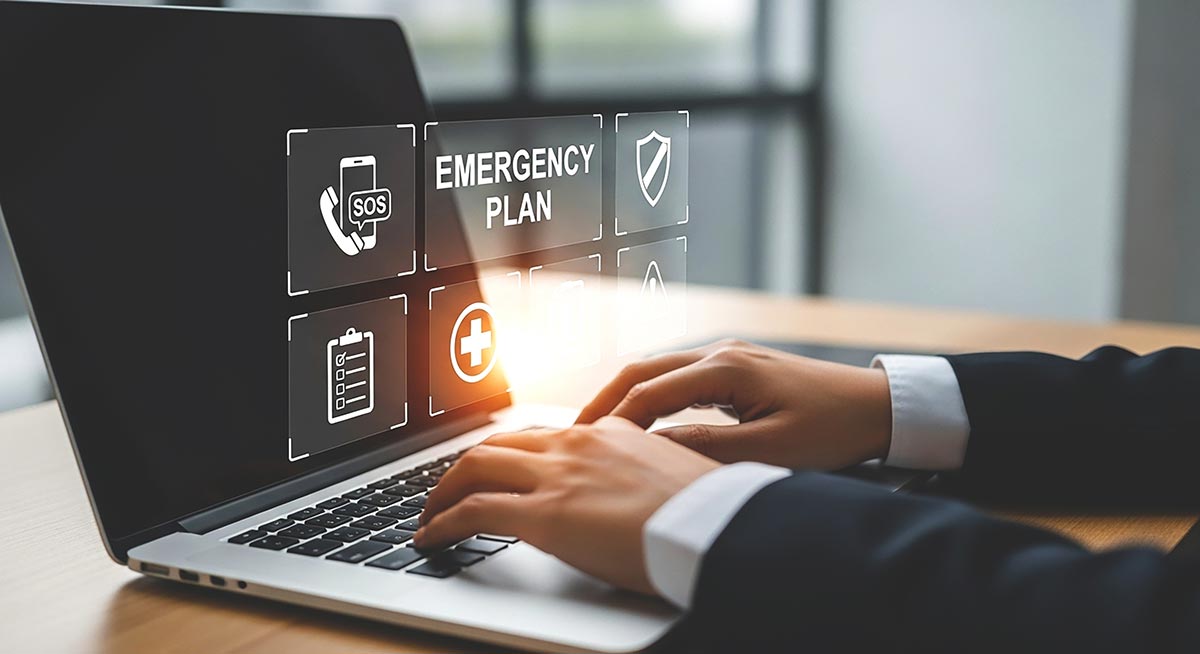When most people think about emergency training, they picture law enforcement or military teams practicing high-stress drills. They imagine SWAT teams breaching doors or officers running active shooter scenarios. What many don’t realize is that the same principles that keep law enforcement officers safe can—and should—be applied in the workplace.
Today’s businesses face risks far beyond natural disasters or minor workplace accidents. From active assailants to workplace violence to medical emergencies, the threats are real, unpredictable, and potentially devastating. That’s why I believe businesses need law enforcement-level emergency training. Not because I expect employees to act like police officers, but because the fundamentals of survival, leadership, and preparedness are universal.
The False Sense of Security in Business Settings
Walk into most office buildings, warehouses, or retail stores, and you’ll notice the same thing: a heavy reliance on technology and policies to keep people safe. Cameras, key card entries, and written emergency plans give a sense of security. While these tools are valuable, they are only part of the equation.
The reality is that during a real crisis—whether it’s an active shooter, a violent customer, or a sudden medical emergency—policies don’t save lives. People do. And people can only respond effectively if they’ve been trained to think and act under stress.
Why Law Enforcement-Level Training Matters
As a SWAT officer and trainer, I’ve seen firsthand what separates those who freeze from those who act. It’s not about physical strength or years of tactical training. It’s about mindset, muscle memory, and confidence built through realistic preparation.
When civilians are trained at a higher level, several critical things happen:
- They respond faster. Seconds matter in emergencies. Training helps people cut through panic and focus on action.
- They work as a team. Just like officers rely on one another, employees can learn how to move, communicate, and protect each other under pressure.
- They stay calmer. Stress inoculation—the process of practicing in realistic, stressful environments—reduces the chance of freezing or making poor choices.
This doesn’t mean turning offices into boot camps. It means applying proven training methods—like scenario-based drills, repetition, and leadership exercises—in a way that empowers civilians.
The Business Case for Preparedness
Some business leaders hesitate to invest in emergency training, assuming the odds of a critical incident are low. But preparedness isn’t just about rare, worst-case scenarios—it’s about resilience, responsibility, and protecting what matters most.
Consider these benefits:
- Lives saved. The most obvious and most important. Prepared employees know how to react quickly and decisively.
- Reduced liability. Businesses that can demonstrate strong emergency training are better positioned in the aftermath of a crisis.
- Improved morale. Employees who know their company takes safety seriously feel valued and protected.
- Leadership development. Training often reveals hidden leaders within organizations—those who step up in moments of crisis.
Preparedness is not an expense—it’s an investment in people, reputation, and long-term survival.
Realism and Repetition: The Keys to Effective Training
At CTS, we design every training program with one goal: to make it stick. That means training in a way that mirrors real life, not just checking boxes on a compliance form.
We use realistic scenarios based on actual incidents, so participants experience what stress feels like in a safe, controlled environment. We focus on repetition, because the brain and body need practice to build automatic responses. And most importantly, we emphasize leadership—because in every crisis, someone needs to step forward and guide others to safety.
This approach doesn’t just prepare businesses for rare emergencies. It builds stronger teams, sharper decision-making, and a culture of readiness that extends far beyond the classroom.
Bridging the Gap
Law enforcement training saves lives because it doesn’t rely on theory—it relies on proven, practiced action. Businesses that adopt the same mindset are better equipped to protect their employees and customers, no matter the threat.
The gap between law enforcement and civilian preparedness doesn’t have to exist. By bringing proven training principles into the workplace, we can empower ordinary people to act with extraordinary effectiveness when it matters most.
At the end of the day, survival isn’t about wearing a badge or carrying a weapon. It’s about preparation, awareness, and mindset. Businesses that recognize this—and train their people accordingly—are the ones truly committed to safety.
Final Thought
In my career, I’ve seen the worst of what happens when people aren’t prepared. I’ve also seen the incredible difference it makes when training kicks in and lives are saved. That’s why I believe every business has a responsibility to bridge the gap and give their employees law enforcement-level emergency training. Because when the unthinkable happens, it’s too late to wish you had prepared.
